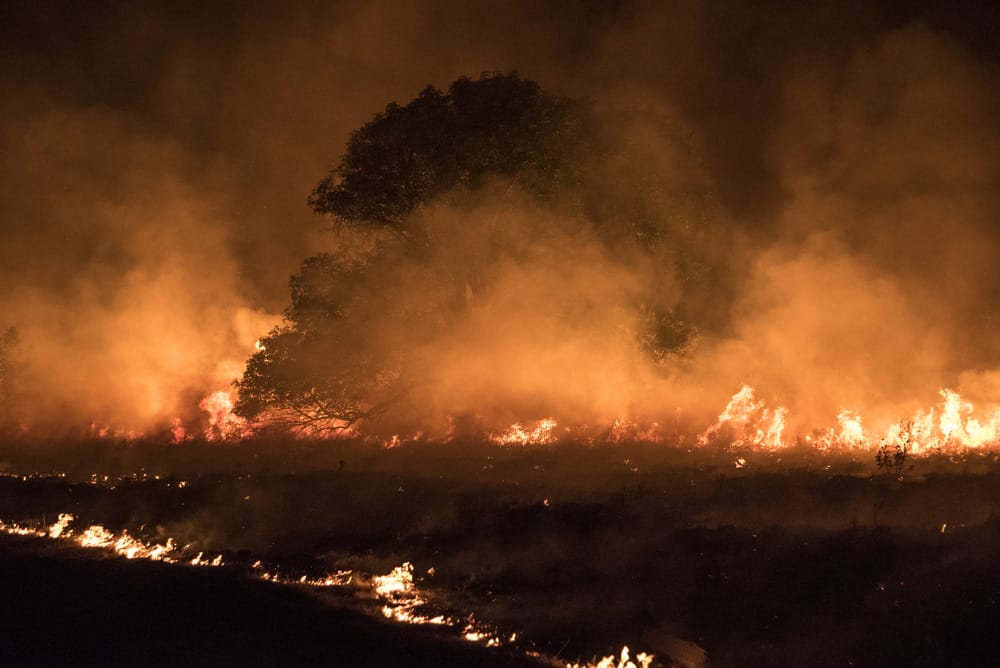Wildfires are impossible to predict. In recent years communities, property, businesses and lives have been lost as a result of these devastating events. Only recently, the Five Mile Swamp fire that began as a prescribed burn on private land near a former golf course in Florida’s panhandle has prompted evacuations for residents south of I-10.
As of Thursday morning, the Florida Forest Service said the blaze was 575 acres in size with 65 percent containment. With growing concerns of the fire strengthening with a shift in winds and decrease in humidity, officials are taking steps to encourage residents to evacuate to shelters despite coronavirus concerns.
Safety precautions brought on by COVID-19
Don Hall, Government Solutions Director of OnSolve, explained how extra steps are being taken at shelter locations, with distribution of face masks and social distancing in terms of increased distance between cots and avoiding large meal times. In addition, shelter locations are increasing the frequency and level of deep cleaning.
With no definitive end in sight to the current pandemic, emergency managers are going to have to take extra precautions to avoid coronavirus transmission where the odds of it spreading are elevated. So, what best practices can your agency follow to effectively communicate with residents, visitors, and staff this combination pandemic-fire season?
Best practices for communication
Effective and efficient communication is a critical part of wildfire education, prevention and mitigation. It is also easier said, than done. And even more stressful during a pandemic.
This is why having a communication plan in place can help you navigate these unique challenges and maintain open lines of communication with residents, visitors, staff and businesses. Each plan should be dictated by the specifics of the agency and location. What does that mean? According to the National Interagency Fire Center (NIFC), “Just as each fire takes on characteristics of its own, a well-planned communications program is unique because your messages are specifically linked to your ecosystem, local community, agency/organization mission, methods and media used, and your credibility as the messenger.”
The takeaway? There are standards a communication plan should always follow, then each plan should be dictated by the specifics of the organization creating the plan, and in this case, unique pandemic communications that need to be incorporated. Some of these overarching strategies include:
- Using common language and terminology to bridge the gap between technical jargon and clear understanding.
- Keeping key stakeholders informed and aware about wildfires and their management in a consistent and timely manner.
- Taking a comprehensive approach to communication and leveraging technology to cover the methods which deliver the most “value” for your target audience.
Despite increased concern about sheltering in place and staying socially distant, it is now as important as ever to have early, accurate mass notifications to try and help mitigate damages. Interested in learning more crisis communication best practices? Download our latest article.

